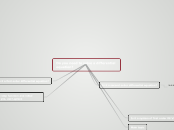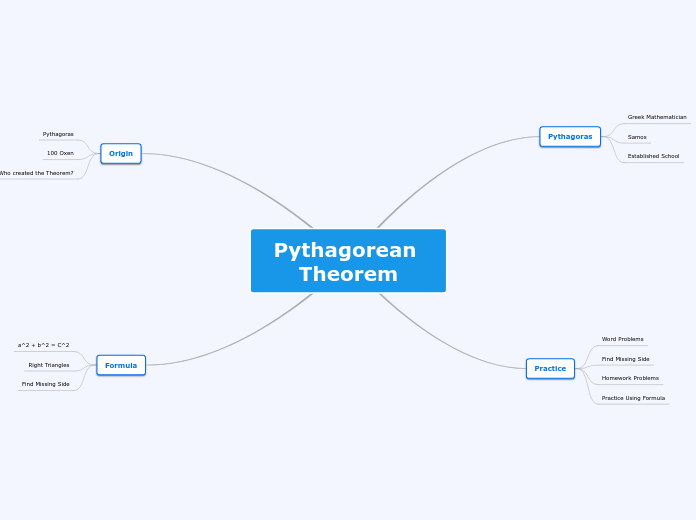calcolous 2
Chapter 8
Inverse Trigonometry and Hyperbolic Functions
8.4 Inverse Hyperbolic Function
theorem 8.18
theorem 8.17
theorem 8.16
8.3 Hyperbolic Function The hyperbolic sine function, denoted by Sinh, and the hyperbolic cosine function, denoted by cosh.
theorem 8.15
Definition 8.12
8.11cosh ^2 X - sinh^2 X = 11- Tanh^2 X= sech^2 XCoth^2 X -1 = csch^2 X
8.2 Derivates and Integralstheorem 8.8 Equations for trigonometry inverse function exp ( sin ^-1)
theorem 8.9 Integrals
8.1
the inverse sin function (sin^-1) is defined by y= sin ^-1x if and only if x= sin y (for every -1<~x<~1 and -p/2<~y<~p/2
properties of sin-1 page 427
the inverse sin function (cos^-1) is defined by y= cos^-1x if and only if x= cos y (for every -1<~x<~1 and 0<~y<~p
properties of cos^-1 page 428
the inverse sin function (tan^-1) is defined by y= tan ^-1x if and only if x= tan y (for every x for every x and. -p/2<y<p/2
properties of tan^-1 page 429.
Chapter 7
Logarithmic and Exponential Functions
Laws of Growth and Decay
dy/dt = Cy or dy = cy dt
theorem 7.33
let y be differentiable function of t such that y> 0 for every t, and let y0 be the value y at t= 0 if dy/dt = cy for some constant c
y= y0e^ct
7.5 General Exponential And Logarithmic Functions
Definition of a log x
y= log x if and only if x= a ^ y
theorem 7.31
(i) Dx loga x= Dx (lnx/lna) = 1/lna 1/x
(ii) Dx loga |u|= Dx (ln |u|/lna) = 1/lna 1/u Dx u
theorem
(i) lim (1+ h) ^ 1/h = e when h~ 0
(ii) lim (1+ 1/n) ^ n= e when n~ infinity.
theorem 7.29
(i) £,a^dx = (1/lna) a^x +C
(ii) £ a^u du (1/lna ) a^u + C
theorem 7.28 (i)Dx a^x = a^x ln a (ii) Dx a^u= a^u ln a Dx u
7.4 Integration
Theorem 7.25 integration of trigonometry functions that are logarithmic functions. page (404)samples 7 & 8 page (405)-In order to make to solve the integral we need to use substitution (£ cos u du) - £ tan u du to replace and give value (top - bottom) - when substitute by u. Find values of u, when using the values of x.
Theorem 7.24
if u =g(x) and g is Dx, then
£ e^u du = e^u + c
sample 5 & 6. (p 403)
definite integral use an indefinite integral to find an antiderivative. Use u to substitute and du. work the equation to make it work in u and du and then apply the fundamental theorem of calculus.
If u = g(x) is not equal to 0 and g is Dx, then
£1/u du = ln |u| + c
7.3 The Natural Exponential function
Theorem 7.22
If u = g(x) is Dx then
Dx e^u = e^u Dx u.
example 2 and 3 (p395-396)
Theorem 7.21
Dx e^ =e^x
denoted by " exp," is the inverse of the natural logarithmic function. (e= 2.71828)
ln e^r = r ln e = r(1)= r
I. ln e^x = x for every x
II.e^lnx = x for every x >0
Theorem 7.20
I. e^p* e^q=e ^p+q.
II. e^p/e^q = e^p-q.
III. (e^p)^ = e^pr.
7.2 The Natural Logarithmic Function (ln)
Guidelines for Logarithmic differentiation (5 ways )
page 388.
Laws of Natural Logarithms.
if p>0 and q > 0, then
I. ln pq = ln p + ln q
II. ln p\q = ln p - ln q
III. ln p^r = r ln p for evere rational number r
( in this exercise is better to convert the function to the LNL and work the rationals as exponents before differentiating.
Theorem
u= g(x) and g is Dx then.
I. Dx ln u =1/u Dx u if g(x)>0
II.Dx ln |u| =1/u Dx u if g(x) not equal to 0
7.1
Inverse Functions
a function F with a domain D and range R is a one-to-one function if whenever a is not equal to b in D, then f(a) is not equal to f (b) in R. then f has an inverse function call g if only if g has a domain R and range D.
I. g(f(x))= to x for everyone in D.
II. f(g(y)= y for every y in R.
Corollary 7.8
g is the -1 function of a Dx to F and if f'(g(x) not equal to 0
then g'(x) = 1 / f'(g(x)
theorem 7.7
g'(c) = 1/f'g(c)
finding f-1
-Verify f is a one-to-one function ( increase or decrease domain.)
-Solve the equation; in terms of y and x= f-1 (y)
-Verify the two condition
f-1 f(x) = x and f(f-1(x)) = x
sample 1 (p376)
D of F-1 = range of f
R of F-1= domain of f
11. infinity series
11.3 positive- term series
and proof
Root test
Theorem 11.28 and proof
limit comparison test and proof
basic comparative test and proof
P- series or hyper-harmonic series
theorem 11.25; use the integral test
Integral test and proof
sandwich theorem
11.2 Convergent or Divergent Series
Theorem 11.21 and proof
Theorem 11.20
Theorem 11.18 and proof
theorem 11.19 and proof
theorem 11.16 and proof & n-th- term test
Definition 11.4
theorem 11.5 include proof
11.1Definition 11.2 and graph 11.1
monotonic: nondecreasing or non increasing term series.Theorem 11.9: A bounded, monotonic sequence has a limit. Completeness property: If a non empty set S of real numbers has a upper bound, then S has a least upper bound. proof 11.9 and graph 11.7
Theorem 11.8
Sandwich theorem for sequences
Definition11.3Figure 11.2
Theorem 11.6 proof to start with Definition 11.3
Definition 11.4 and theorem 11.5
10. Forms and Improper Integrals.
10.4 Integrals with discontinuous IntegrandsIf a function F is continuous on a close interval, then then definite integral exists. if F an infinity discontinuity at some number in the interval, it may still be possible to assign a value to the integral.
10.3 Integral with infinite limits of integration f is continues and nonnegative on an infinity interval ( a, to inf) and lim x-infinity f (x)= 0 if t>a, en the area A(t) under the graph of f from a to t, A(t) = £f(x) dx
definition 10.6
10.2 Other Indeterminate formsguidelines for Investigating lim x➡ c (f (x) g (x)) for the form 0 to infinity
Subtopic
last indeterminate forms.
10.4 guidelines for Investigating lim x➡ c (f (x)^g (x)) for the forms 0^0, 1^ infinity to infinity^0
Investigating limiters involving exponential expressions. Table.
10.1 The Indeterminate forms 0/0 & infinity/infinity.g
LHopital Rule
Couchy's formula and proof
Chapter 9 Techniques of integration
9.7 Tables of IntegralMathematicians and scientist who use Integrals sometimes use tables to solve them. appendix IV page A21-A26
Miscellaneous Substitution(f(x))1/n substitution u=(f(x))1/n or u = f(x)
9.5Integrals Involving Quadratic provesample 1 page 479
9.4 Integrals of Rational Function example one and sample 4
9.2 Trigonometric Integrals guidelines for Evaluationsin ^m cos^n dx
9.3 guidelines for Evaluation£tan ^m X sec^n X dx
9.1 Integration by Parts£ udv= uv -£ v du









